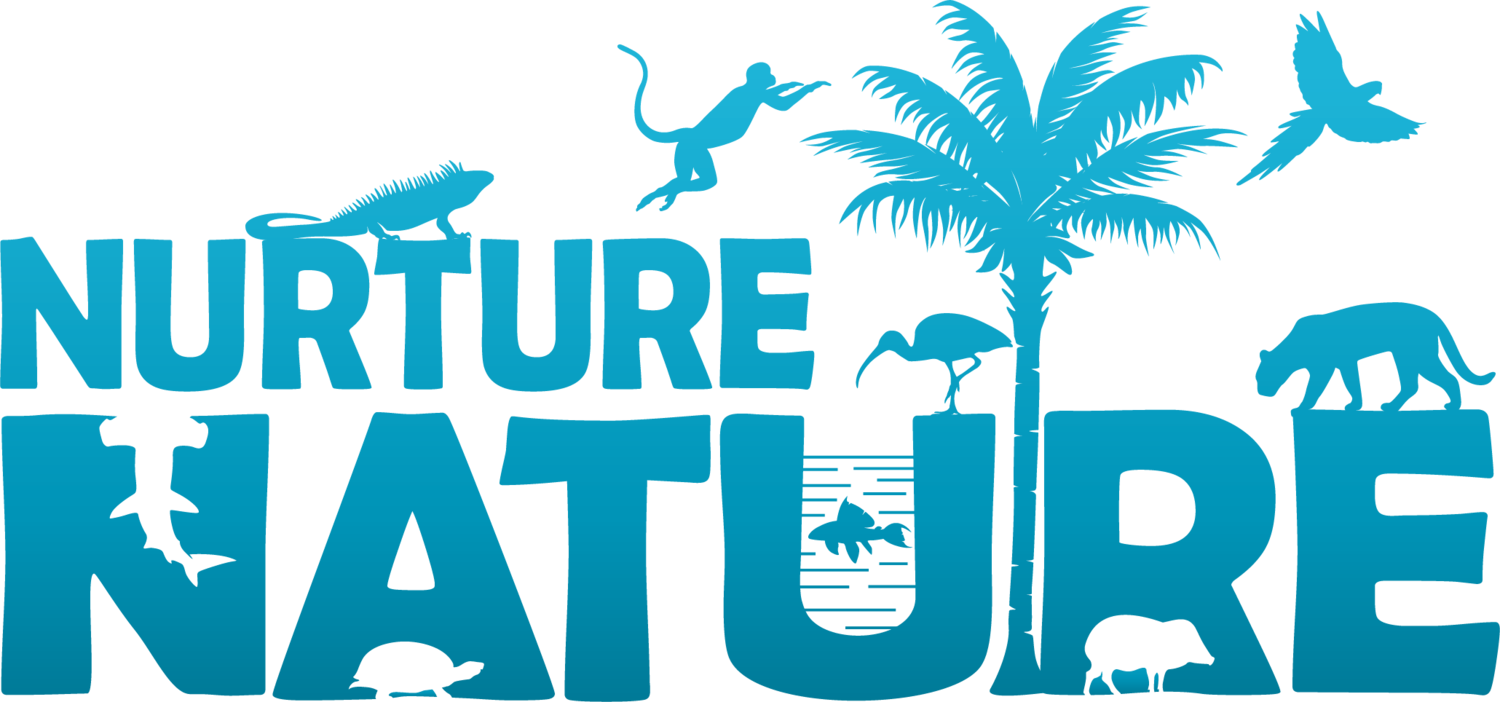Trade Insights: Capuchins

I am not a human baby.
Three Capuchin species are found in Trinidad and Tobago. Two of the species, the Wedge-capped Capuchin (Cebus olivaceus) and the Tufted Capuchin (Sapajus apella) are not native to T&T, but have established ‘introduced populations’ due to releases from the pet trade. The third, the White-fronted Capuchin (Cebus albifrons trinitatis) is native to T&T. All are victims of the harmful trade in pet wildlife, where they are subjected to tremendous cruelty.
"I didn't know that you have to kill the mother - the monkey’s mother - to get a baby monkey.” - A mournful monkey keeper in Trinidad and Tobago
In the wild, Capuchin monkeys are dependent on their mothers for at least 2 years. Baby monkeys keep very close to their mother, clinging to her back when small. A constant physical bond is maintained even through the monkey’s adolescence until they reach sexual maturity after 4 years of age. This bond cannot be replicated in most instances of captivity. To get a ‘pet’ baby monkey, mother monkeys are typically shot from the trees and the baby may not survive the fall. Those that do are trafficked, left to cope and self comfort in a strange environment.
Many monkey keepers think of their ‘pets’ as cute and childlike additions to the family, but humans can never replace the wild families of baby monkeys. They learn essential survival skills from their monkey mother and other monkey family members. Young Capuchins learn to swing from trees (their natural form of locomotion), which is impossible in a cage or human house. In the wild, Wedge-capped Capuchins (Cebus olivaceus) enjoy a home range of 25 to 100 ha. and spend most of their time high in the trees. They live in troupes of 10 to 33 monkeys that interact and compete with other troupes freely in their forest home. Such complex society teaches young Capuchins social skills appropriate for a monkey troupe, which are quite different from acceptable human behaviour.
© Mark Gibson
All of this is lost when they are captured for the harmful wildlife trade. Captive monkeys are often confined in spaces that would be the equivalent of a human living out their days in a shower stall. Capuchin monkeys can live up to 55 years in captivity, however, the stresses of unnatural confinement often cause dramatically shorter lifespans.
© Emanja Alleyne
Additionally, the restriction of small cages causes these highly intelligent creatures to become frustrated and even develop mental illness due to the unstimulating environmental conditions. The trauma and despair they experience can cause psychological harm from which they may never fully recover, and which only worsens as they reach sexual maturity. The result is often extreme and unexpected aggression towards their human keepers, leading to neglect, abuse, or even euthanasia when their keepers find them too troublesome.
Monkeys may share a mild physical resemblance with humans, but they are WILD animals. Many human caretakers are dismayed when they come to realize that these adorable babies grow into adults with needs beyond their initial childlike requirements.
The Tufted Capuchin (Sapajus apella), the White-fronted Capuchin (Cebus albifrons) and the Wedge-capped Capuchin (Cebus olivaceus) pictured here are heavily trafficked into T&T from South America, along with other primate species. It is illegal to keep captive, or sell any Capuchin species in T&T without special permits issued by the state. Capuchins are Protected Animals under the Conservation of Wild Life Act (CoWLA).
Globally, all Capuchins are protected under Appendix II of the Convention on the International Trade of Endangered Species (CITES), and the White-fronted Capuchin (Cebus albifrons) is protected under Annex III of the Specially Protected Areas and Wildlife (SPAW) Protocol for the Wider Caribbean.
More Resources:
Budgen, P. S., & Goodwin, D. (2007). Dispersion of the white-fronted capuchin (Cebus albifrons trinitas) at the Bush Bush Wildlife Sanctuary, Nariva swamp, Trinidad, West Indies. Link.
Hsu, M. J., & Agoramoorthy, G. (1996). Conservation status of primates in Trinidad, West Indies. Oryx, 30(4), 285-291. Link.
Narang, D., Nelson, H. P., & Lawrence, A. (2011). Demography and general ecology of an introduced primate–the tufted capuchin (Cebus apella) in Chaguaramas, Trinidad. In Proceedings of the 1st research symposium on biodiversity in Trinidad and Tobago. The Department of Life Sciences, The University of the West Indies, St Augustine (pp. 19-29). Link.
Phillips, K. A., & Abercrombie, C. L. (2003). Distribution and conservation status of the primates of Trinidad. Primate Conservation, 19, 19-22. Link.






